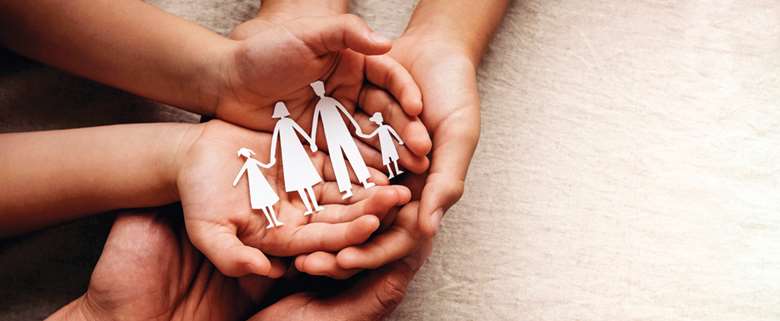Guide helps children’s workers respond to sibling sexual abuse
Ian Dean, director, the Centre of Expertise on Child Sexual Abuse
Tuesday, January 26, 2021
Sexual abuse involving child siblings is thought to be the most common form of intra-familial child sexual abuse.

Yet, despite the likelihood that most child protection professionals will encounter it during their career, there remains little dedicated training or guidance to help build consistently effective practice.
Our latest report Sibling Sexual Abuse: A Knowledge and Practice Overview aims to fill this gap and help professionals understand the issues and challenges raised by sibling sexual abuse. This is particularly important following the introduction of another period of “stay at home” lockdown instructions, with the potentially heightened risk that children will experience abuse within the home environment and increased isolation from other trusted adults and professionals (see below).
This overview report stresses the need to assess and respond to cases holistically, considering the whole family: both in identifying patterns of behaviour to the abuse, and in strategies for healing. When sibling sexual abuse occurs, parents can often feel torn between the child that has harmed and the child who has been harmed, so our support should focus on the whole family unit. Family-based interventions help affirm to the harmed child that the abuse was not their fault, but can also help the child that harmed to manage their behaviour more effectively. Likewise, they allow us to support parents and carers in promoting emotional, physical and sexual safety in the home, and increase our awareness of the needs of any further children and siblings at home.
We know that there are many barriers that make it difficult for children to tell people about sexual abuse, and this remains the case when sexual abuse is committed by a sibling. Sibling sexual abuse can be every bit as harmful as abuse by adults, so equipping professionals with the knowledge, skills and confidence needed for this work, and developing robust professional systems and frameworks to support them, is important.
Previous research has shown that at least 15 per cent of girls and five per cent of boys in England and Wales may experience some form of sexual abuse before the age of 16. We cannot make children responsible for telling us about abuse they are experiencing in order for it to be acknowledged and responded to. If we expect professionals to do this challenging work, we also need to see a much greater focus on all forms of child sexual abuse (CSA) in pre- and post-qualification training.
The CSA Centre is helping to address this gap in learning. Over the past year, we have directly reached almost 2,000 multi-agency professionals with bespoke training, focused primarily on managing interfamilial abuse, with attendees reporting it bolstered their knowledge of how to approach and respond to CSA. We are also working with Social Work Teaching Partnerships to build a greater focus on CSA into pre- and post-qualification training and with partners across police, health and education training courses.
RISE IN SERIOUS INCIDENTS DURING LOCKDOWN, DATA SHOWS
Between April and September last year, Ofsted received 285 serious incident notifications, a 27 per cent increase on the same period in 2019/20, figures show.
Serious incident notifications involve death or serious harm to a child where abuse or neglect is known or suspected, and also deaths of children in care and children in regulated settings.
Of the 285 notifications, 153 related to the serious harm of a child. Of those children involved in serious incidents, 8.4 per cent were subject to a child protection plan, statistics show, compared with 7.6 per cent over the same period a year previous.
The majority of serious incidents happened while a child was living at home (188) compared with 163 during the same period in 2019 and 152 during the previous quarter.




